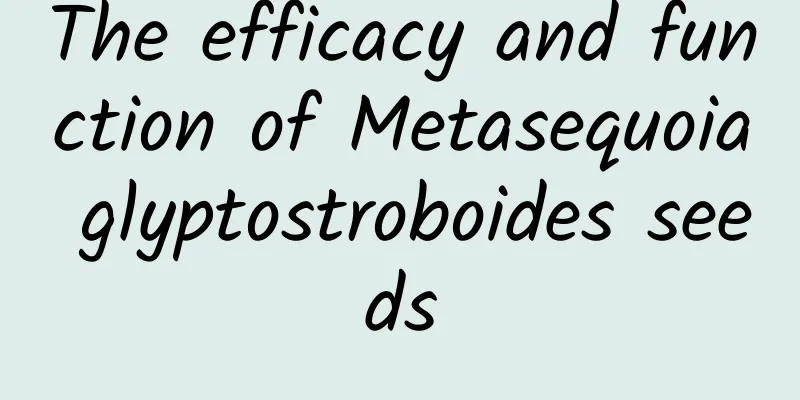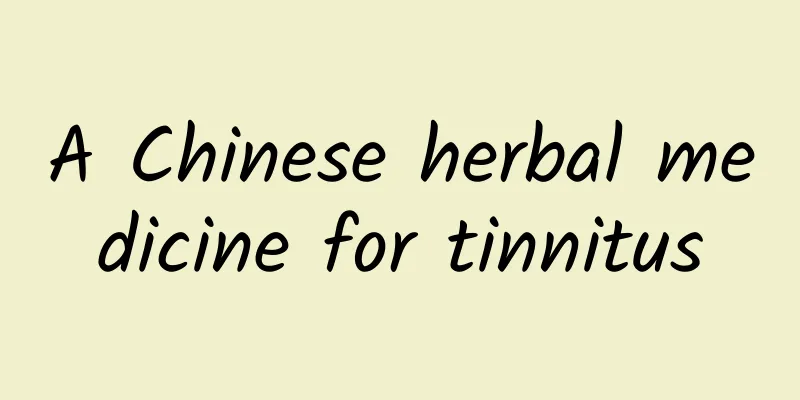Effects and functions of Belamcanda chinensis

|
Belamcanda chinensis is a traditional Chinese medicine for clearing away heat and removing fire. This product is the dried underground rhizome of the Iridaceae plant Belamcanda chinensis. The main production areas are Hubei Province, Henan Province, Jiangsu Province, Anhui Province and other places. It is harvested in early spring when buds just sprout or in autumn when the leaves and stems wither. Autumn is the best time to harvest. Remove the seedling stems, roots and fine sand, wash and dry. Cut into slices and used raw. Belamcanda chinensis tastes slightly bitter, is cold in nature, and enters the lung meridian. It has the effects of removing heat and toxins, removing phlegm, and relieving sore throat. It is mainly used to treat heat-toxic cough with excessive sputum accumulation, sore throat, excessive sputum, cough and asthma, etc. So, what are the effects and functions of Shegan? Many people don’t know much about Belamcanda chinensis, and may even mistake it for an orange. In fact, Belamcanda chinensis is a traditional Chinese medicinal material whose roots and leaves are used as medicine. It contains many nutrients, and everything from the leaves to the roots can be eaten. It tastes good whether it is roasted or stir-fried. Shegan can enter the lungs and treat swelling, pain, and problems such as excessive internal heat. Below we will talk in detail about the effects and functions of Shegan. The efficacy and function of Belamcanda chinensis 1. The cough-relieving and expectorant effects of Belamcanda chinensis Belamcanda chinensis has a very good effect on the lungs. The simplest way to moisten the lungs and relieve coughs with Belamcanda chinensis is to make tea with it. Belamcanda chinensis water can relieve coughs and reduce phlegm. At the same time, the throat damaged by coughing will also be moisturized to a certain extent. Shelterroot can also adjust the hoarseness caused by coughing and clear up inflammation in the throat and mouth. 2. The lipid-lowering effect of Belamcanda chinensis Belamcanda chinensis can lower blood sugar. People who drink Belamcanda chinensis water for a long time can significantly restore the glycogenotype in their body. At the same time, the lipid-lowering properties in Belamcanda chinensis can inhibit the body from absorbing excessive sugar in food, helping us control blood sugar levels. The regulating effect of Belamcanda chinensis on blood sugar level is mild and has no side effects, so everyone can eat more of it. 3. The anti-ulcer effect and efficacy of Belamcanda chinensis Belamcanda saponin is a unique substance in Belamcanda. Studies have shown that this substance can inhibit gastrointestinal inflammation and promote the digestive tract to secrete substances that resist gastrointestinal ulcers. Therefore, Belamcanda chinensis has obvious effect in preventing gastric ulcer. |
<<: Rhubarb effects and functions pictures
>>: The efficacy and contraindications of red vine
Recommend
The functions, effects and characteristics of morning glory
When we were children, we often picked a morning ...
How to quickly expel kidney stones
If a person has kidney stones, he will often feel...
The efficacy and function of Pangdahai
Plantago ovata is a common ingredient in traditio...
The efficacy and function of Ficus microcarpa
Ficus microcarpa can not only supplement the body...
This thing that I was often forced to eat by the elderly when I was a child actually has miraculous healing effects
Zingiber officinale is a medicinal herb that grow...
Two cases of monkeypox found in Beijing! How to treat and prevent it? Latest tips from CDC →
According to Beijing Daily, Beijing medical insti...
World 99: 2016 Spring Festival Outbound Travel Trend Report
Recently, World 99 released the "2016 Spring...
Prologue to the Kingdom of Genes: What is genetic material?
Produced by: Science Popularization China Author:...
Homemade plum wine "explodes" in the middle of the night and wakes up the whole family. It is neither safe nor reliable
Audit expert: Wang Guoyi Postdoctoral fellow in N...
The efficacy and function of Douchi grass
Douchicao is a kind of traditional Chinese medici...
The efficacy and function of mountain white ash
Fraxinus chinensis is a very common Chinese medic...
Heisenberg’s student, Yang Zhenning’s mentor: Is he a genius or a paranoid?
Edward Teller, this genius physicist, has both go...
Effects and functions of Celastrus orbiculatus
Celastrus orbiculatus has a long history, and up ...
The fighting power of fishy smell is comparable to that of a nuclear bomb, but some people prefer this taste...
How can anyone like to eat fishy-smelling food! A...
Artificial intelligence! This is good stuff because it can help astronomers find gravitational waves
Hey, HAL, can you help us find black hole impacts...









